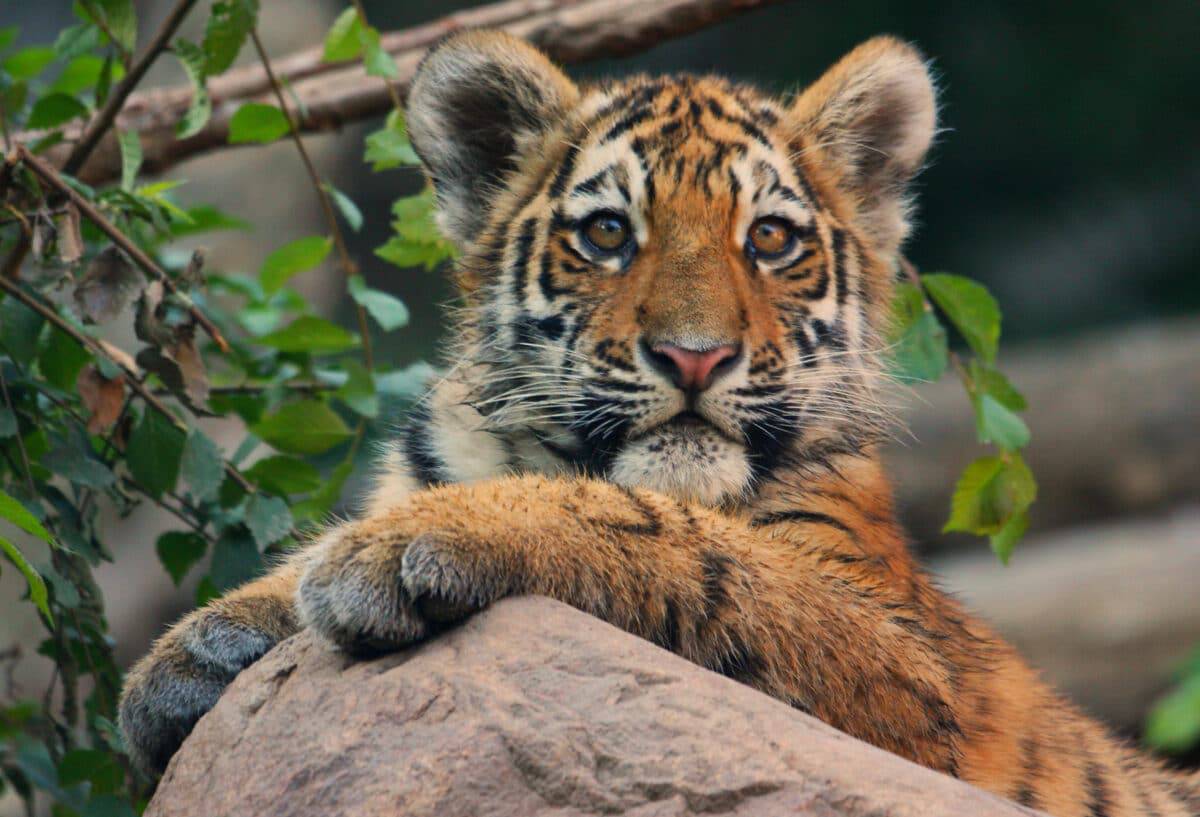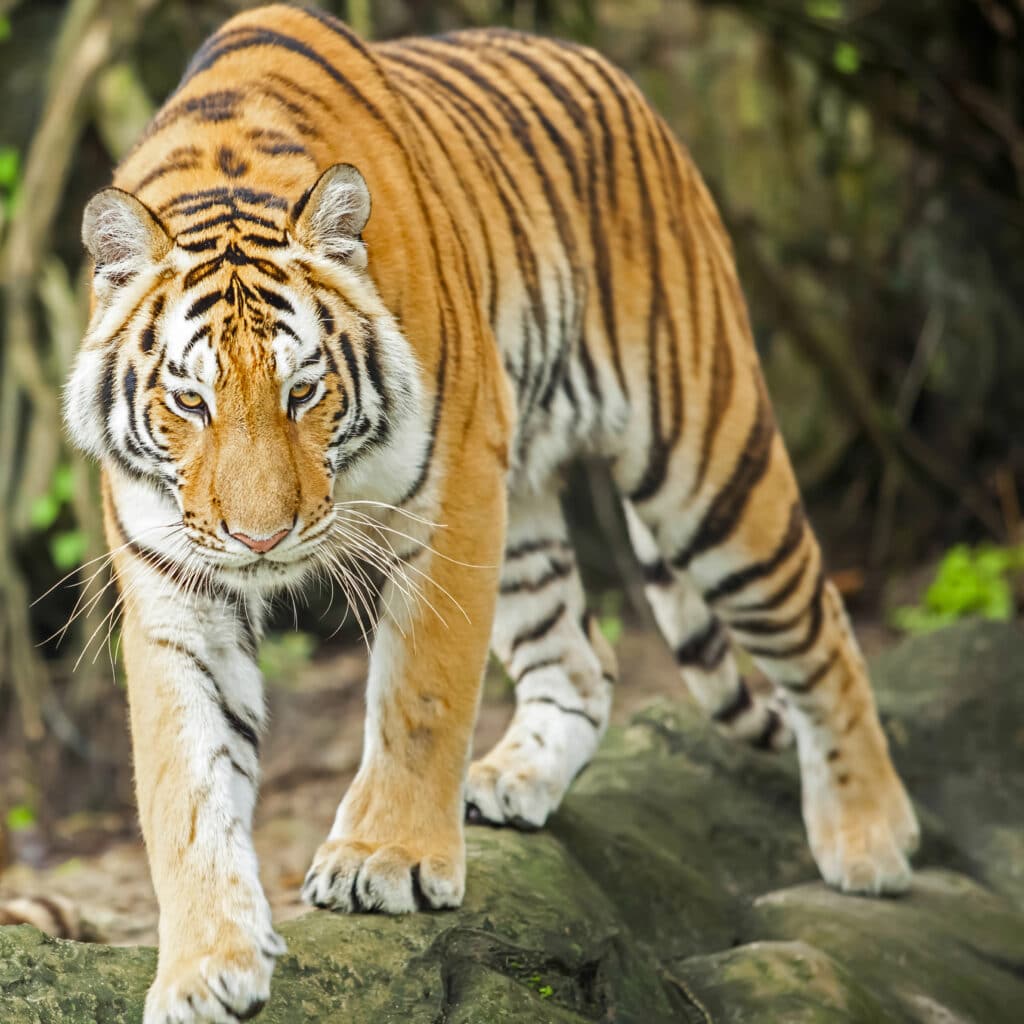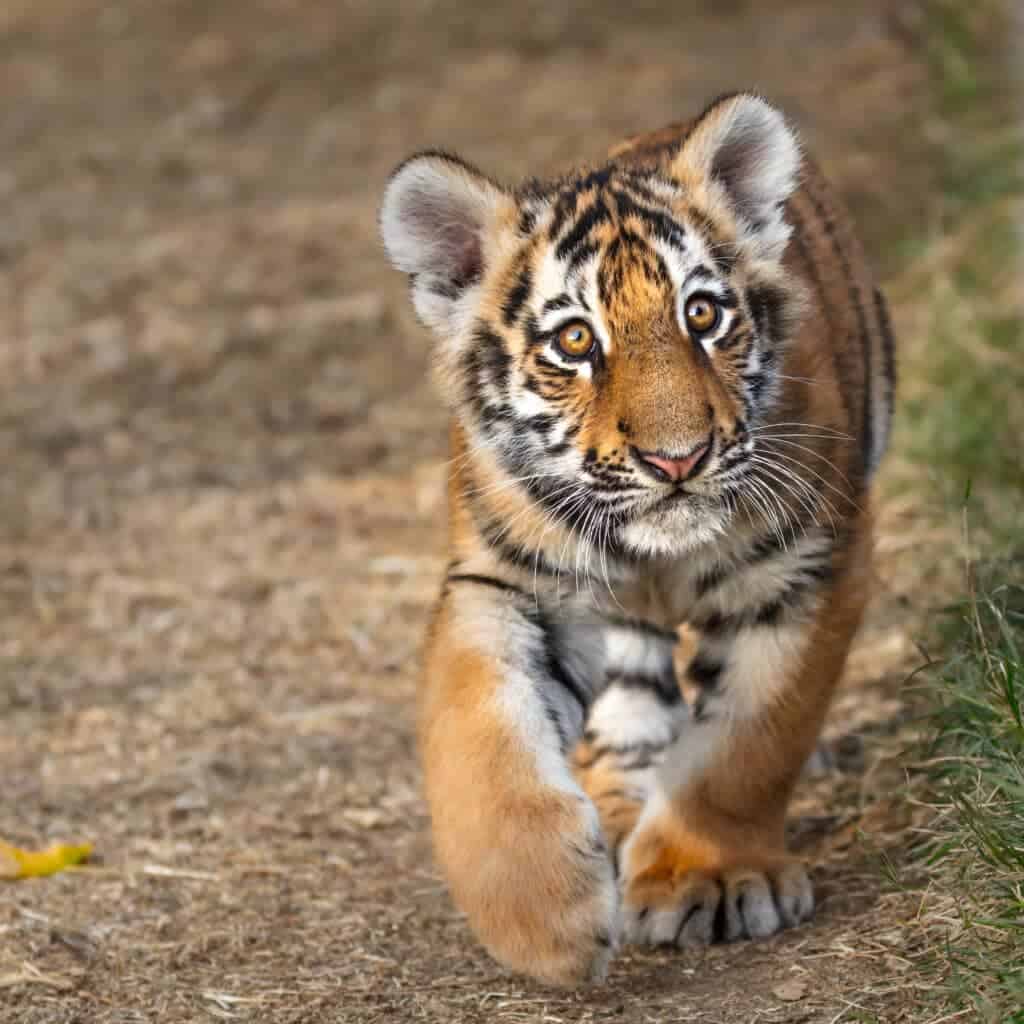As we step into the new year, the future of tigers seems uncertain. Known for their strength, beauty, and cultural significance, they face numerous challenges that threaten their existence. This article explores the current status of tiger populations, emphasizing the impacts of deforestation, rising temperatures, and changes in their dietary resources.

Habitat Loss and Deforestation:
One of the most pressing threats to tiger populations is the relentless pace of deforestation. As human populations expand and demand for resources intensifies, vast stretches of these majestic felines are cleared for agriculture, logging, and infrastructure development. This destruction of forests not only diminishes the available space for their territories, making it difficult for these apex predators to thrive.
Found frolicking across various ecosystems, including tropical rainforests, mangrove swamps, grasslands, and deciduous forests, deforestation not only reduces the overall size of these habitats but also disrupts the delicate balance that tigers depend on for their survival. Fragmented landscapes can lead to isolated populations, reducing genetic diversity and making them more vulnerable to diseases and other threats.

Rising Temperatures and Climate Change: How Does it Affect Tigers?
Global climate change, marked by rising temperatures and altered weather patterns, poses a significant threat to tiger populations.
Rising temperatures can lead to changes in vegetation, water availability, and prey distribution. These alterations can impact the abundance and distribution of prey, making it more challenging for tigers to secure food. Additionally, climate change contributes to the intensification of extreme weather events, such as floods and storms, which can further disrupt tiger habitats and make hunting difficult.

Dietary Challenges:
Tigers are apex predators with a diverse diet that includes various ungulates, such as deer and wild boar. Deforestation and habitat fragmentation can impact the availability of prey species, forcing tigers to travel longer distances in search of food. Increased human-wildlife conflicts may also occur as tigers encroach on human settlements in pursuit of prey.
Furthermore, changes in prey distribution due to climate change can alter the dynamics of their ecosystems. Reduced prey availability can lead to nutritional stress and affect the reproductive success of tiger populations.

Current Tiger Habitats:
Tigers are native to several countries in Asia, including India, Russia, Indonesia, Malaysia, Thailand, and Bangladesh. They inhabit a variety of ecosystems, from the Siberian taiga to the mangrove swamps of the Sundarbans. However, their habitats are increasingly threatened by human activities, leading to habitat loss and fragmentation.
Heading into 2024, the challenges facing them are immense. Deforestation, climate change, and dietary challenges are converging to threaten the future of these iconic big cats. Conservation efforts, habitat protection, and sustainable practices are essential to ensuring their longevity in the wild.

Join our Forum for free today!

- Elderly Man Kills Grizzly Bear in Montana - July 22, 2024
- Missing Cat Found Weeks Later, 40 Miles Away - July 21, 2024
- The Fastest Animal on Earth: So, How Quick Are Cheetahs? - July 21, 2024


Celebs Age
Sunday 21st of January 2024
Hi i think that i saw you visited my web site thus i came to Return the favore I am attempting to find things to improve my web siteI suppose its ok to use some of your ideas